The first rule of gaming is that gameplay always comes first, no matter how good the graphics and soundtrack may be. When speaking in terms of World of Warcraft, this means that although the zones in the upcoming expansion are stunningly beautiful and the soundtracks only reinforce the radiant atmosphere with masterpieces of soundtracks, class fantasy, gameplay, and lore are of the essence. Since you normally spend hundreds of hours playing your favorite class, it’s no wonder that it’s, besides the end-game content, one of the most aspects of the game.
Your character gameplay normally consists of your baseline spells, talents, and single-target and AOE rotation. To avoid classes becoming one-dimensional and mundane, Blizzard Entertainment refreshes the classes’ kit with each upcoming expansion. So, Dragonflight is no exception to this rule. What’s more, the Dragonflight pre-patch that was released on Oct. 25 was shipped with a major class overhaul heavily focused on talent trees.
Redesigned in the image of the old talent system during the golden era of WoW, the updated talents now function as a talent tree. In this article, we’ll take a look at the old talent system, discuss why it was faulty, why the introduction of the updated talent system is generally a good change, and how talent trees work.
Previous talent tree systems
The original talent system, which was featured during World of Warcraft, the Burning Crusade, Wrath of the Lich King, and Cataclysm, essentially looked like a tree, where you could put your points in each time you reach the next level.
Considering the system too complicated for casual players and unmaintainable due to the sheer number of talents Blizzard would have to include over the years, the devs reworked the talent system from talent trees into talent rows with the release of Mists of Pandaria in 2012. On top of that, you could no longer combine talents from different specializations. Rather, you needed to opt for only one specialization. With the talent rows system, you could only choose a new talent every 10 to 15 levels instead of each level. For example, Fire Mages could no longer choose talents from the Arcane tree but could only choose from a preset list of talents for Fire Mages.
The reason why this talent system was so poorly received in the WoW community lies largely in its restrictions. This talent system was extremely restrictable, meaning you’d only have one or two viable builds, depending on the situation. Other than that, some spells would, as a rule, stay in a weak spot, no matter the changes Blizzard made. One of the most memorable examples is Shadow Priest’s Surrender to Madness that’s been repeatedly reworked over the years only to never become meta. Talent rows, besides all this, left no room for the player’s creativity and innovation to create new, yet cheesy builds that, on some level, work.
New talent tree system
Since the WoW player base has been complaining non-stop about the talent row systems normally paired with borrowed power on Reddit and official Blizzard forums, the devs, inspired by the recent success of WoW Classic, decided to bring back the old yet beloved talent tree system. The ultimate goal was to once again create a meaningful talent system that not only has a meaningful progression throughout leveling but also gives the players room for creative builds they can easily swap between.
The first thing you’ll notice is that the talents are divided into two separate categories: class talents and specialization talents. Class talents include baseline spells each class normally has. For Shamans, this would, for example, be Lighting Bolt and Chain Lighting. On the other hand, specialization talents are talents specifically tied to your specialization, and in the case of Shaman, that would be Restoration, Enhancement, or Elemental.
Unlike the previous talent system, you’ll earn one Talent Point each time you level up. So, you’ll have to make a meaningful choice early in the game. Although you can only opt for class talents, it would be best if you started putting points in your specialization as soon as possible to have an easier time leveling. Similar to the previous system, you can hover your mouse to read what exactly the talent does. As you unlock more and more talents, you’ll notice some talents will unlock as you invest a certain number of points in talent or if you unlock a specific talent. After you finish assigning talents, don’t forget to click the Apply Changes button. And remember, you have to spend all of your talent points before you can apply all changes.
Additional features coming with the new talent tree system
Although Blizzard used Classic talents as inspiration to build this new talent tree system, that doesn’t have to mean the devs can introduce quality-of-life changes to it. So, with the Dragonflight pre-patch, they are introducing quick and easy talent resetting, starter builds, loadouts, search bars, and importing and exporting builds.
When you’ve finally leveled your first character, applied all the changes, and have your talent build up and ready, you can swap between builds easily. To reset the entire tree, right-click a talent in the upper row and all the learned talents will be unlearned. And if you want to reset the entire build, including class and specialization tree, click the Reset All Talents button. Although you can change your talents whenever you want free of charge, you still have to be out of combat, PvP matches, or Mythic+ dungeons.
Once you’ve finally created your ideal build, you can save it as a loadout by selecting New Loadout from the drop-down menu on the bottom left side of the interface and give it a name. After you choose your talents, don’t forget to apply the changes. Thankfully, there are no restrictions when it comes to loadouts, so you can create as many as you want.
Blizzard also added an extremely useful feature to talent trees: a search bar. So now, you don’t need to waste your time searching for a specific talent. You can simply write it in the search bar and you’ll see the related spells will be marked.
Since nobody will know at the beginning of an expansion the ideal builds for every class and specialization, Blizzard will automatically set up your talent tree to help you get started. Although this build is a useful tool to get you started, this build is, as Blizzard said, “a general, jack-of-all-trades, master of none build.” So, reimagining your class and creating your own build as soon as possible would be best.
And lastly, you can now export and import builds from websites or similar communities, meaning you don’t have to continuously alt-tab between windows and click all talents separately. All you need to do is to either click the Share button in the talent tree window or copy-paste the Loadout code you got.


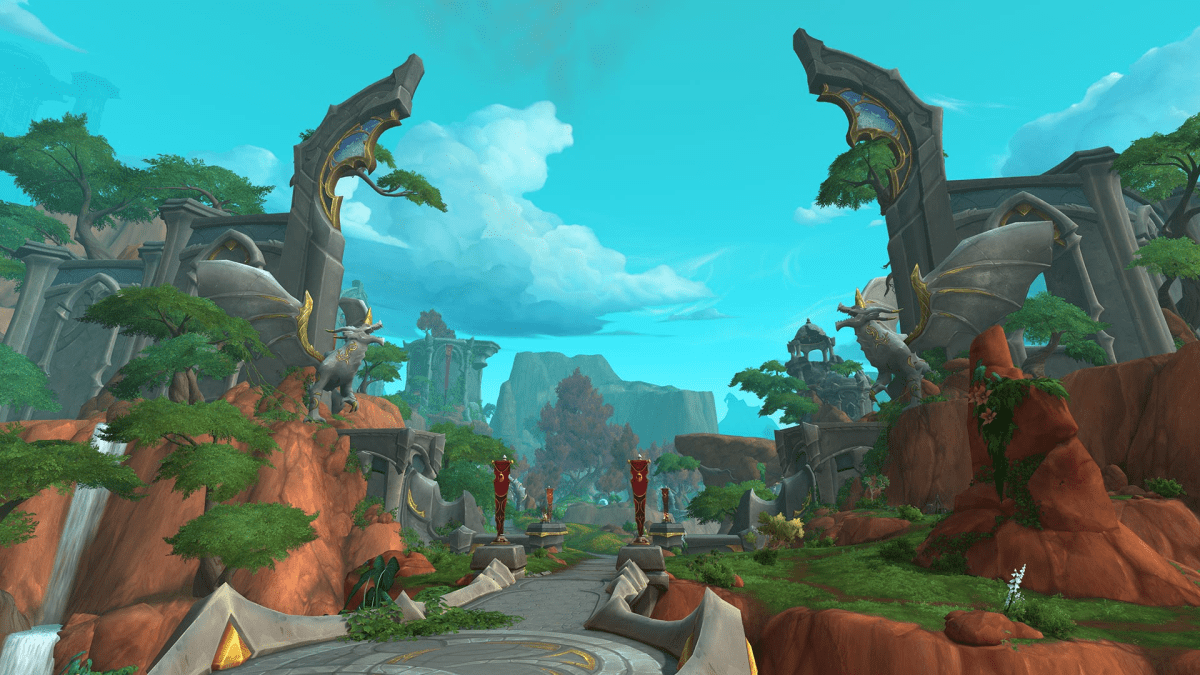
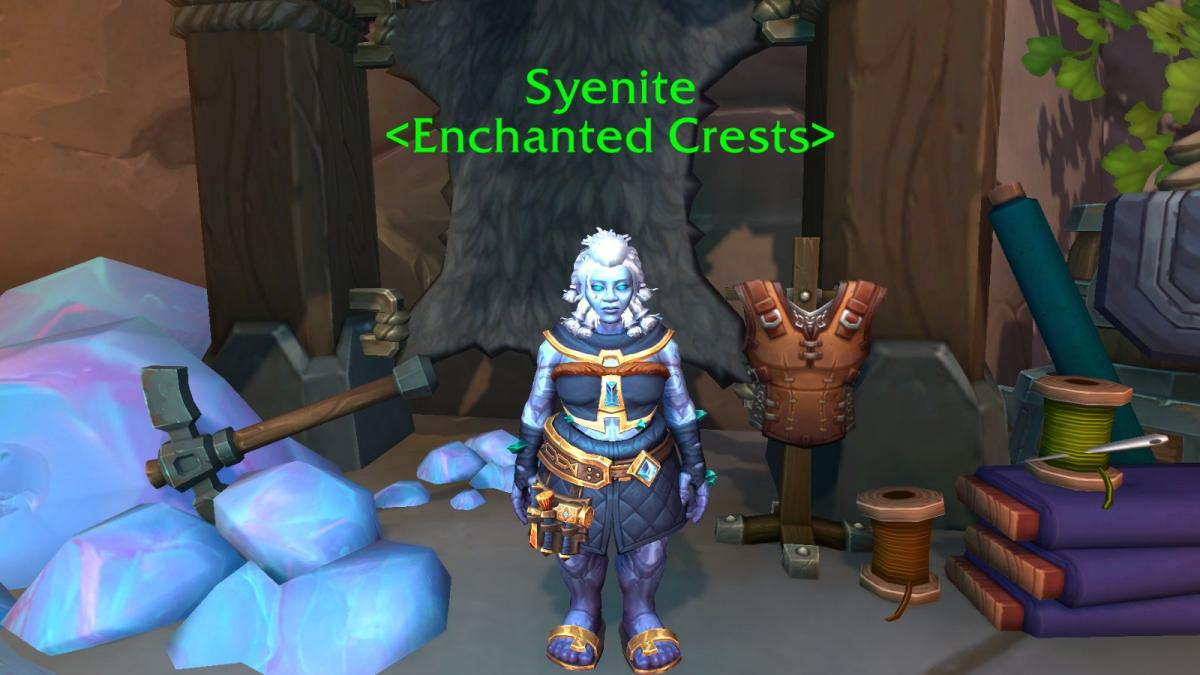
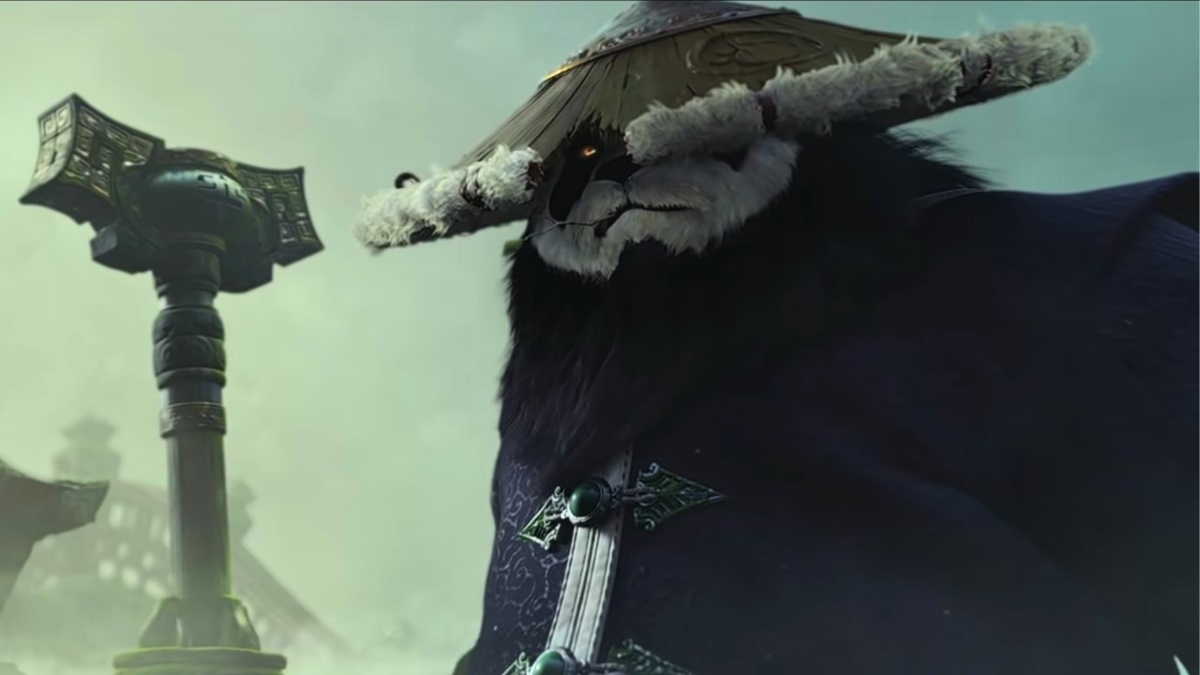
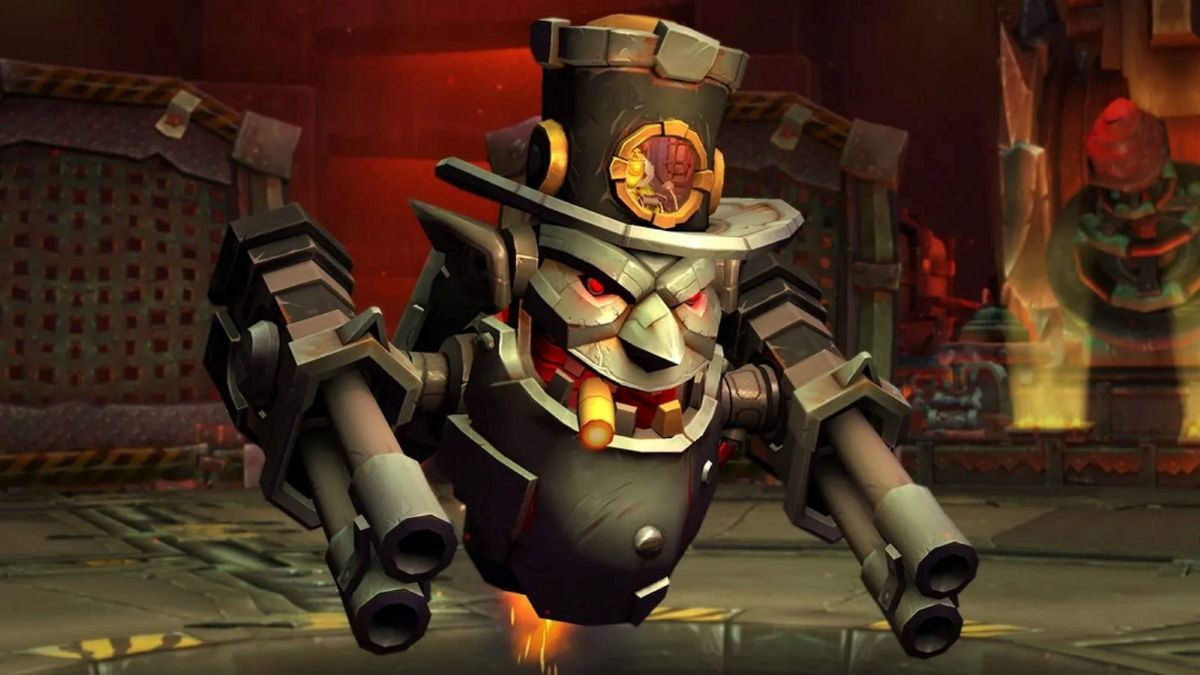

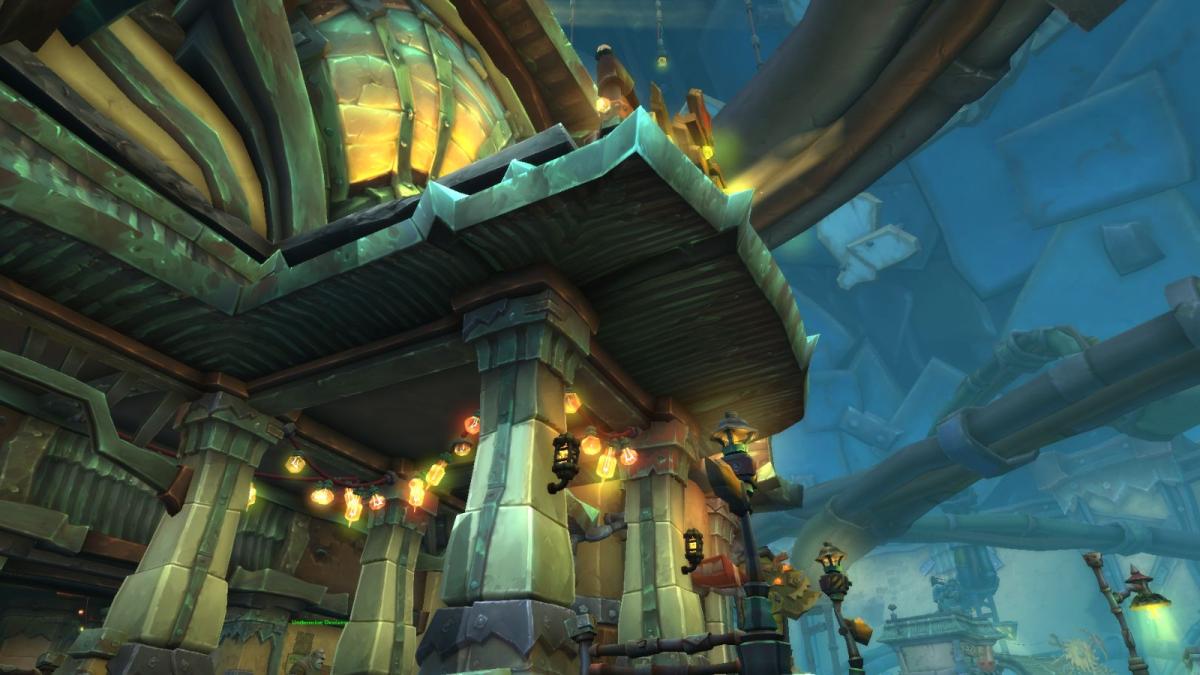
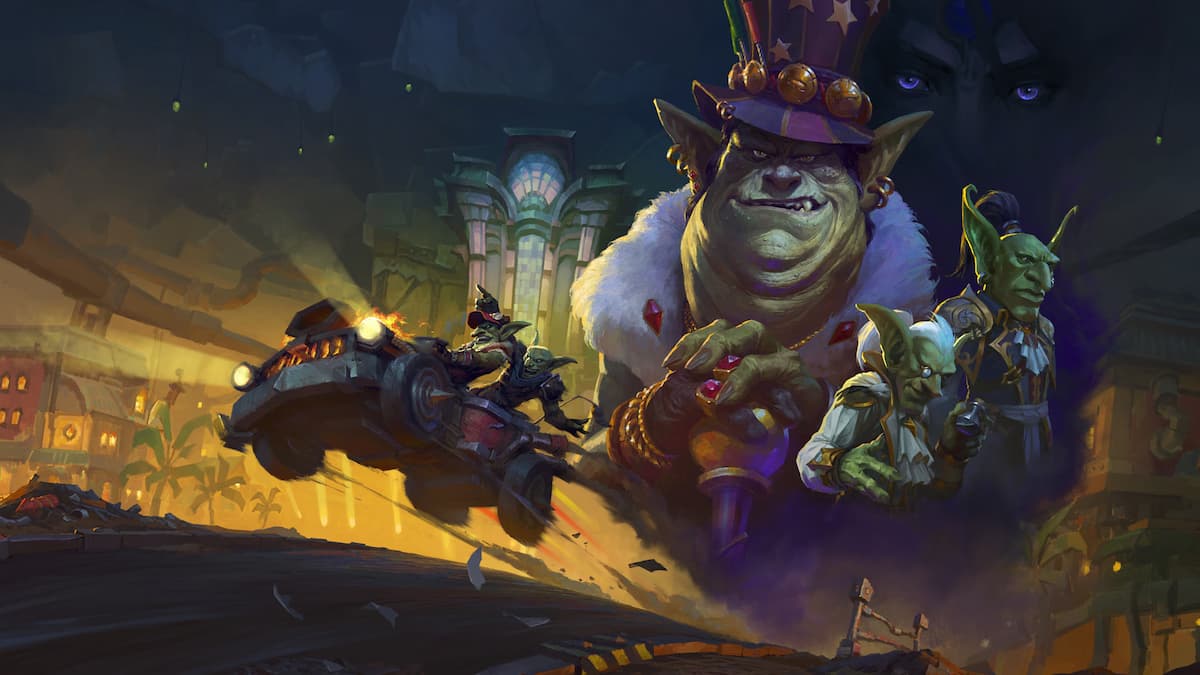
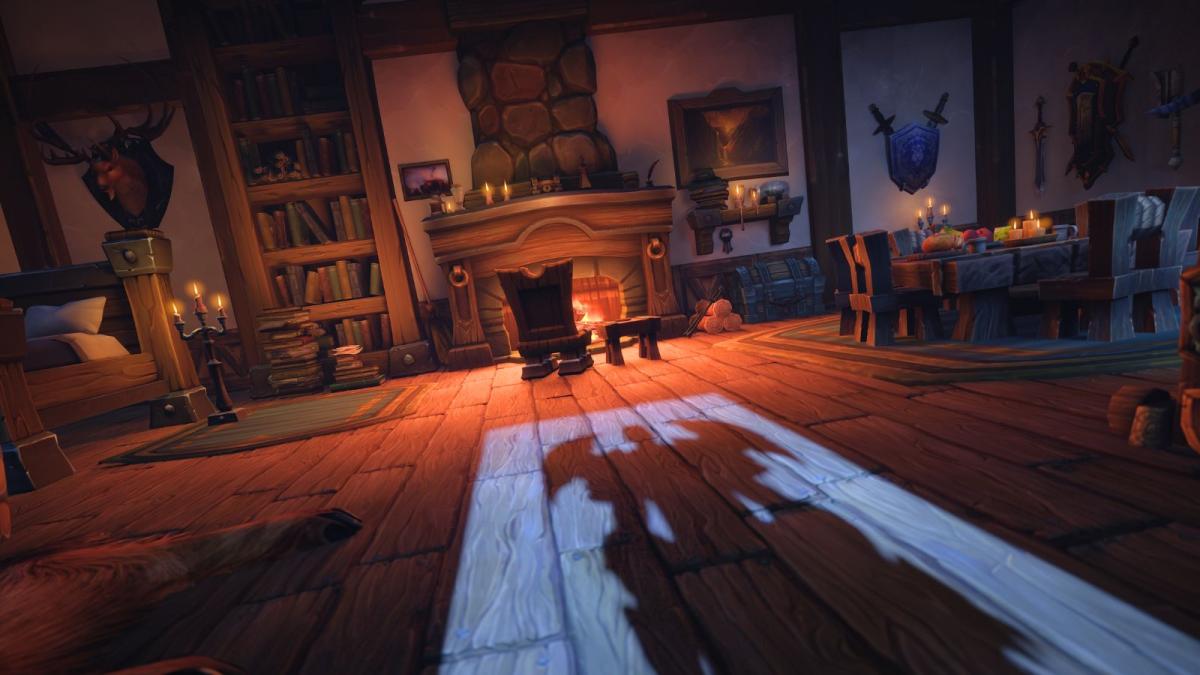
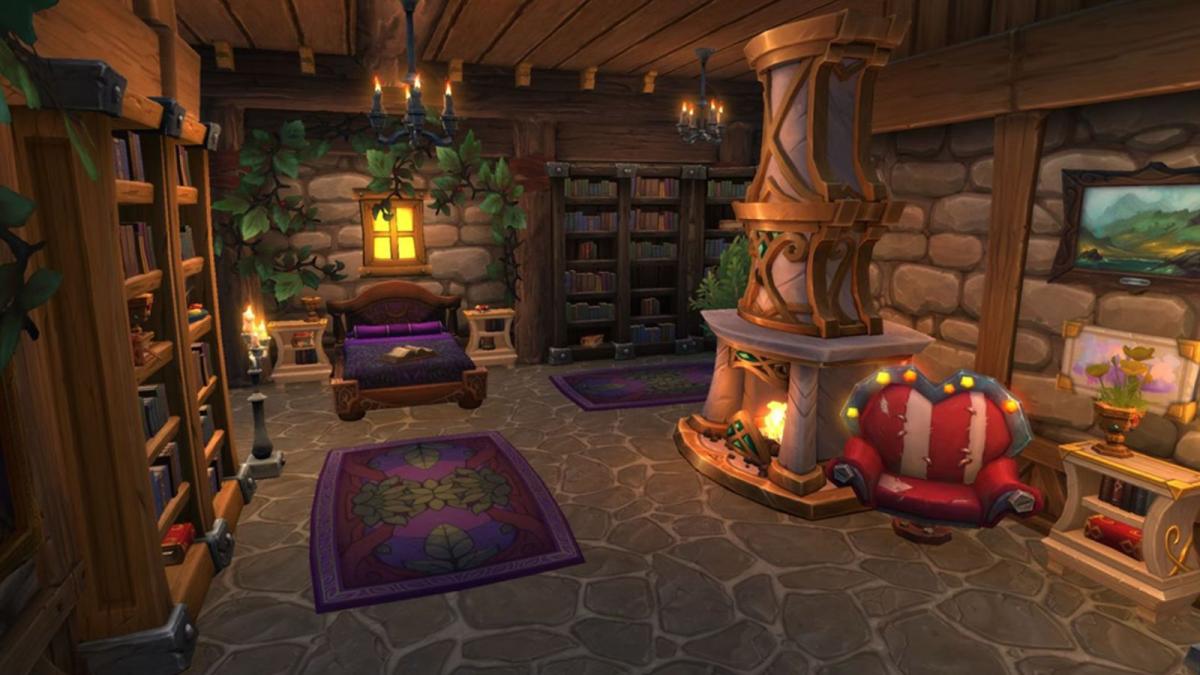
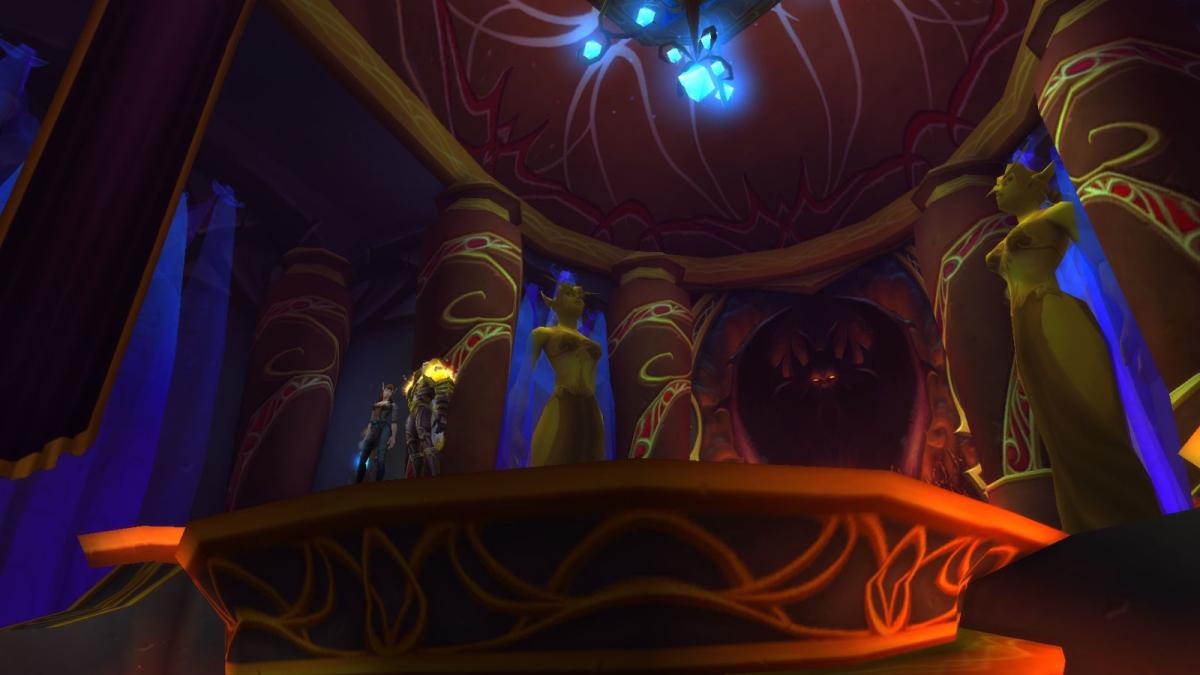

Published: Oct 27, 2022 02:42 pm